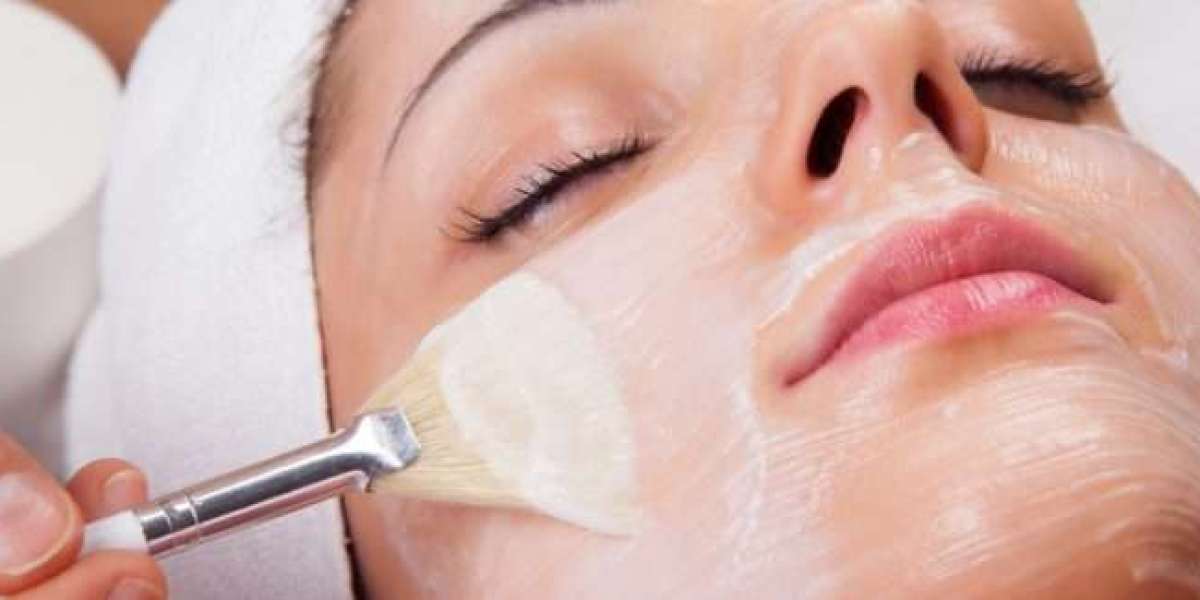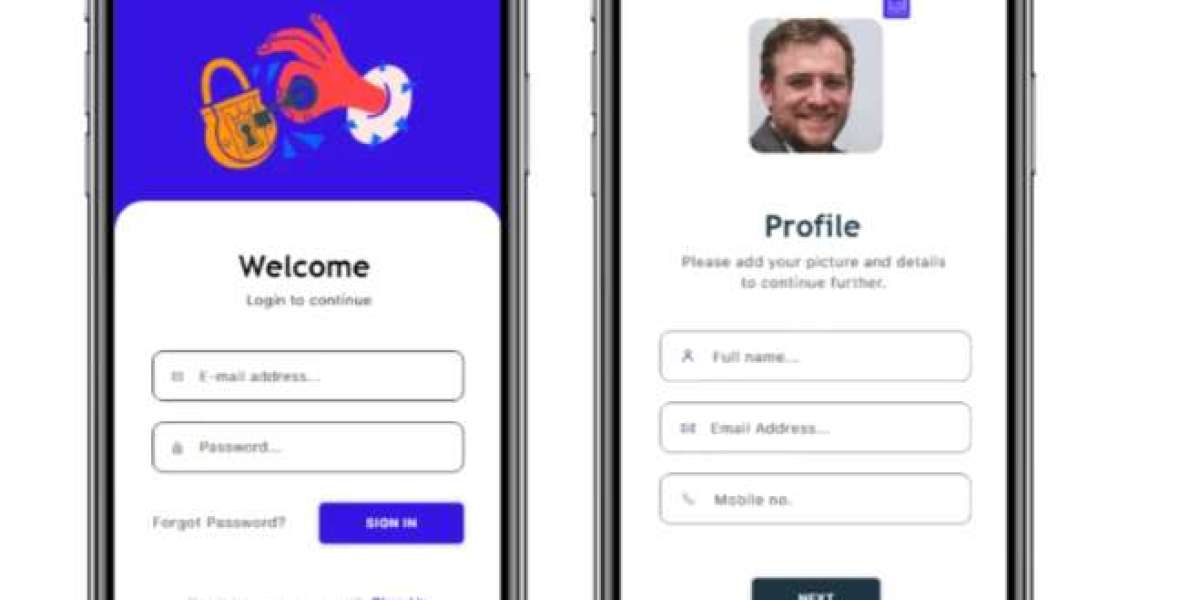Introduction to Real-Time Multiplayer Games
The world of gaming has undergone a massive transformation over the years, with real-time multiplayer games leading the charge. Titles like Clash of Clans have captivated millions, providing not just a game but an experience that fosters community and competition. Players build empires, strategize attacks, and form alliances all in real time. If you’ve ever dreamed of creating your own multiplayer sensation, now is the perfect time to dive into this dynamic realm.
But where do you begin? What are the key elements that make these games so addictive? Whether you're an experienced developer or just starting out in game design company settings, understanding the intricacies behind successful multiplayer experiences is essential. Get ready to explore how to forge your path in this exciting industry!
The Basic Elements of a Successful Multiplayer Game
Creating a successful multiplayer game requires several key elements. First, consider the gameplay mechanics. They must be intuitive yet offer depth to keep players engaged.
Next is the social aspect. Players should feel connected and foster relationships through teamwork or competition. Incorporating chat features can enhance this interaction.
Another crucial element is balance in gameplay. Ensuring that no single strategy dominates helps maintain interest and excitement among players.
Graphics also play a vital role. Eye-catching visuals attract new users while retaining current ones, providing an immersive experience that enhances enjoyment.
Regular updates are essential to keep content fresh and relevant. Introducing new challenges or events will motivate players to return consistently for more engaging experiences within your world.
Understanding the Gameplay of Clash of Clans
Clash of Clans thrives on strategic gameplay. Players build and upgrade their own villages, managing resources like gold, elixir, and dark elixir. This resource management is crucial for progression.
Attacking rival bases adds a competitive edge. Each player can train armies comprising various units with unique abilities. The choice of troops influences the outcome of every battle.
Defensive structures play an essential role as well. Builders create walls, cannons, and traps to fend off invaders seeking loot or trophies.
Clan participation enhances the experience further. Joining forces allows players to share strategies and participate in clan wars for rewards.
The game’s social aspect fosters community engagement through chat features and cooperative events that keep players returning for more challenges. This blend of strategy, competition, and collaboration makes Clash of Clans a captivating model in real-time multiplayer gaming.
Designing and Developing Your Own Real-Time Multiplayer Game
Designing your own real-time multiplayer game is an exciting challenge. Start by defining the core mechanics that will drive player engagement. Think about what makes gameplay fun and addictive.
Next, focus on the visual style and user interface. A polished design can significantly enhance user experience. Select graphics that are both visually appealing and functional, enabling players to navigate easily.
Development tools like Unity or Unreal Engine provide robust frameworks for building complex systems without starting from scratch. These platforms also support cross-platform functionality, which broadens your potential audience.
Don’t forget to prioritize server architecture early in the process. Stability is crucial for a seamless multiplayer experience; downtime can lead to frustrated players abandoning your game.
Consider implementing social features such as clans or leaderboards. These elements foster community interaction and encourage competition among players, enhancing long-term retention rates.
Tips for Creating a Competitive and Engaging Gaming Experience
Creating a competitive and engaging gaming experience hinges on understanding player motivations. Players thrive on challenges, so integrate elements that encourage skill development and strategic thinking.
Introduce leaderboards to foster healthy competition. This simple feature can motivate players to improve their skills while striving for higher ranks.
Incorporate regular updates with fresh content. New characters, levels, or events keep the gameplay dynamic and maintain player interest over time.
Feedback is crucial; consider incorporating player suggestions into future updates. A community-driven approach can enhance loyalty and engagement.
Don’t forget social features like clans or teams. These allow players to collaborate, share strategies, and form bonds within the game environment.
Ensure smooth matchmaking processes based on skill levels. Fair competition keeps players invested in their progress without feeling frustrated by mismatched opponents.
Monetization Strategies for Multiplayer Games
Monetizing a multiplayer game requires creativity and strategy. One popular approach is incorporating in-game purchases. Players can buy virtual goods, skins, or power-ups that enhance their experience without disrupting gameplay.
Another effective method is implementing a freemium model. This allows players to enjoy the core features for free while offering premium content at a cost. It creates an enticing way to attract users while generating revenue from dedicated fans.
Ads are also common in multiplayer games. Displaying ads during loading screens or as optional rewards can provide income without alienating players too much. However, balance is key; intrusive ads may drive users away.
Seasonal events and limited-time offers can create urgency and boost sales too. By keeping the content fresh and exciting, you encourage players to spend more, ensuring they remain engaged with your game long-term.
Launching and Maintaining Your Game: Challenges and Solutions
Launching a real-time multiplayer game is exhilarating, but it comes with its own set of challenges. Technical glitches can arise unexpectedly, impacting the user experience significantly. Preparing for server overload during peak times is crucial to ensure smooth gameplay.
Once your game is live, maintaining engagement becomes essential. Players might lose interest if content updates aren’t frequent or engaging enough. Implementing seasonal events or new features can keep the community alive and excited.
Balancing monetization strategies without compromising player satisfaction presents another hurdle. Offering in-game purchases that enhance rather than dominate gameplay helps maintain a fair competitive environment.
Feedback from players should be actively sought after launch. Building an open line of communication fosters trust and loyalty among users while providing invaluable insights into how to improve the game further.
Conclusion
The future of real-time multiplayer gaming is bright and full of possibilities. As technology continues to evolve, so too will the experiences players crave. Advancements in graphics, AI, and network capabilities are paving the way for more immersive worlds where player interactions feel genuine.
Game design companies are recognizing the importance of community building within these platforms. They understand that a loyal player base can be nurtured through social features that enhance cooperation and competition alike. This sense of belonging transforms gameplay into something much richer.
Furthermore, with the rise of virtual reality (VR) and augmented reality (AR), gamers can expect even more dynamic environments that blend seamlessly with their realities. The potential for creative storytelling combined with interactive elements will redefine engagement levels.
As developers venture deeper into cross-platform play, accessibility becomes paramount. Bridging different devices creates larger communities while ensuring everyone has access to thrilling gameplay experiences regardless of their platform choice.
With monetization strategies becoming increasingly sophisticated ranging from microtransactions to subscription models the financial landscape is changing as well. Game design companies must navigate this carefully to maintain fairness without compromising enjoyment.
Staying ahead means constantly innovating while listening to feedback from dedicated players who love what they do. Real-time multiplayer games like Clash of Clans have set high standards; it’s up to future creators not only to meet those expectations but also exceed them in ways we haven’t yet imagined.
Read More: How to Become a Game Tester With No Experience



